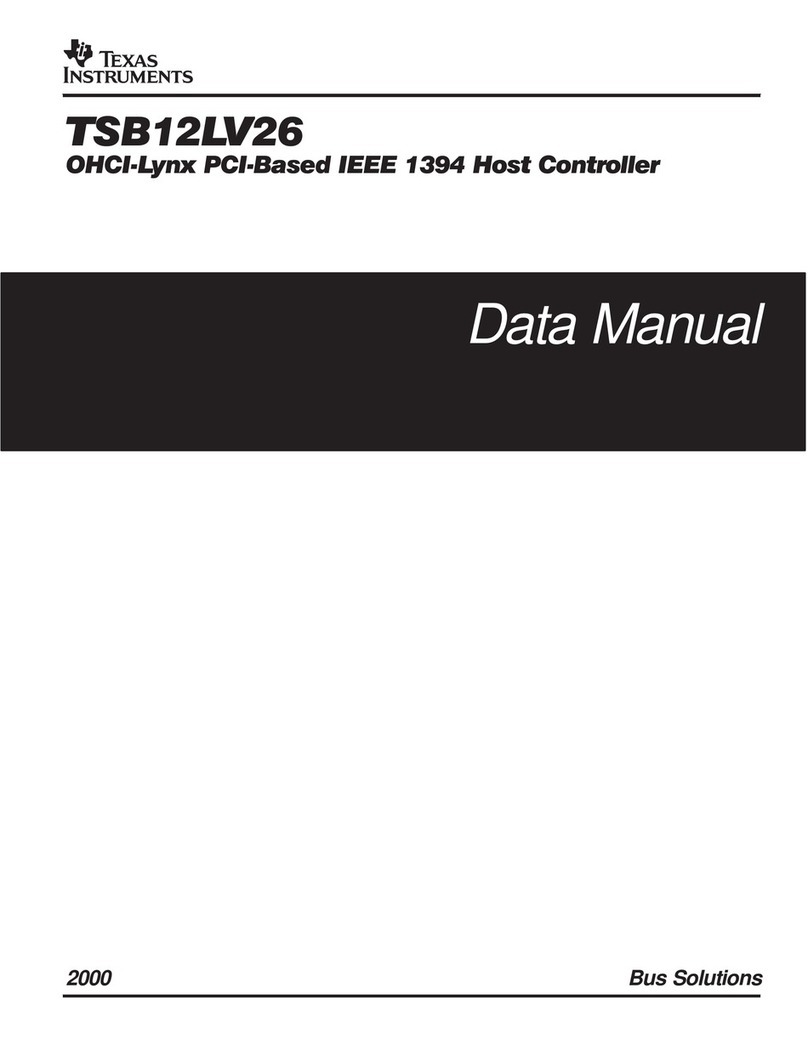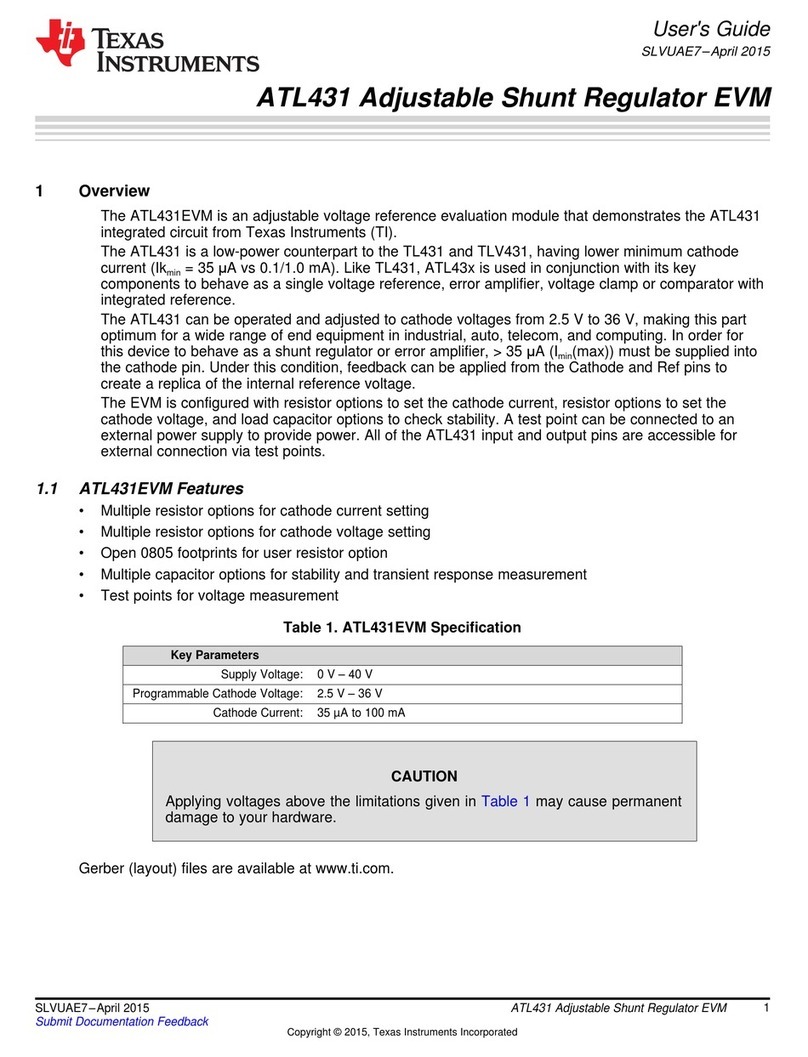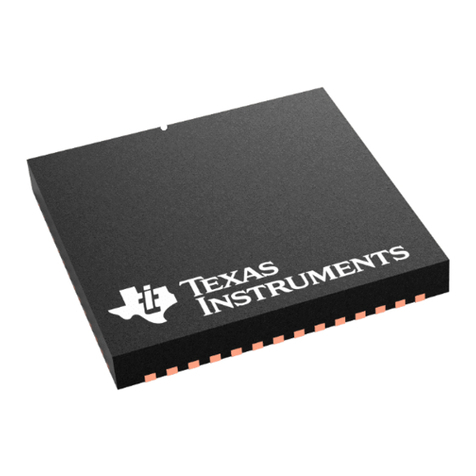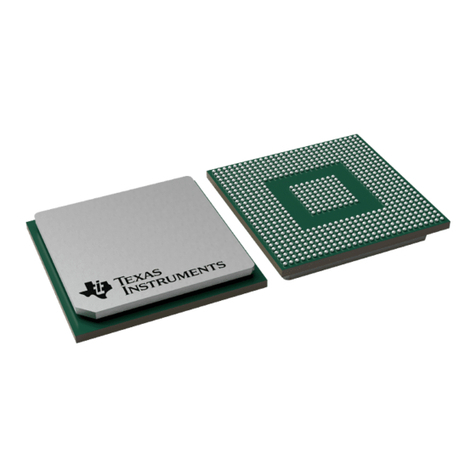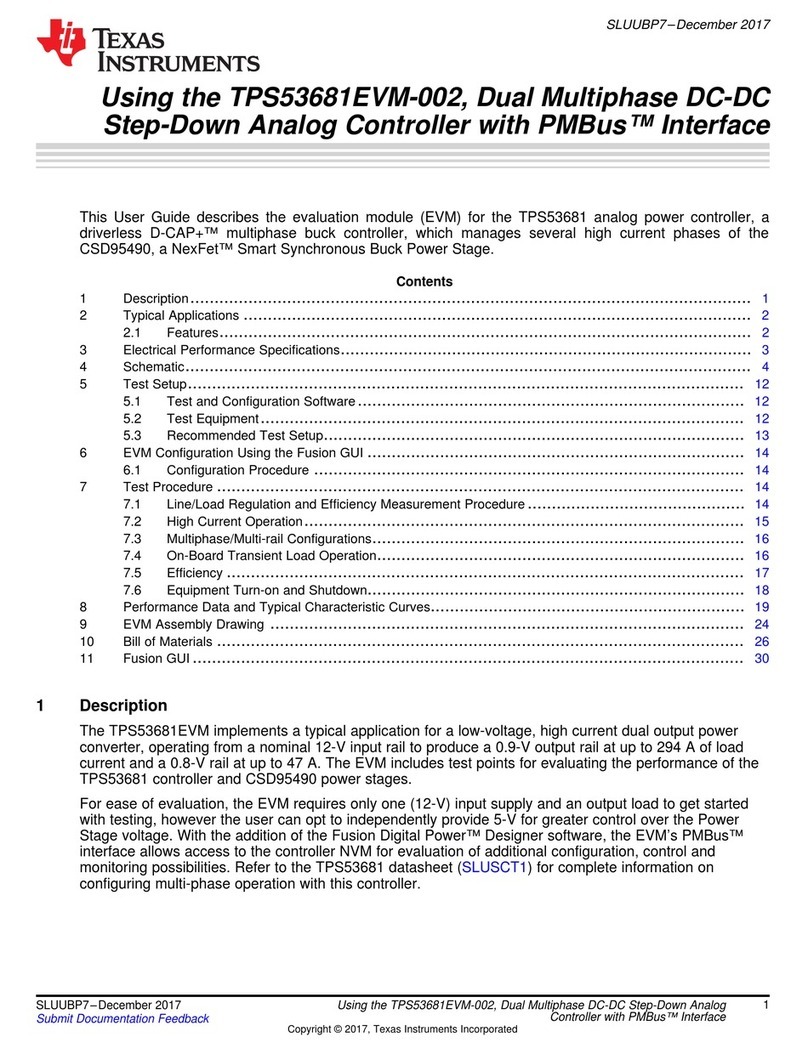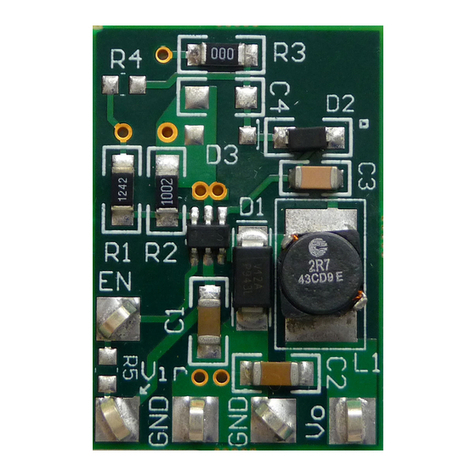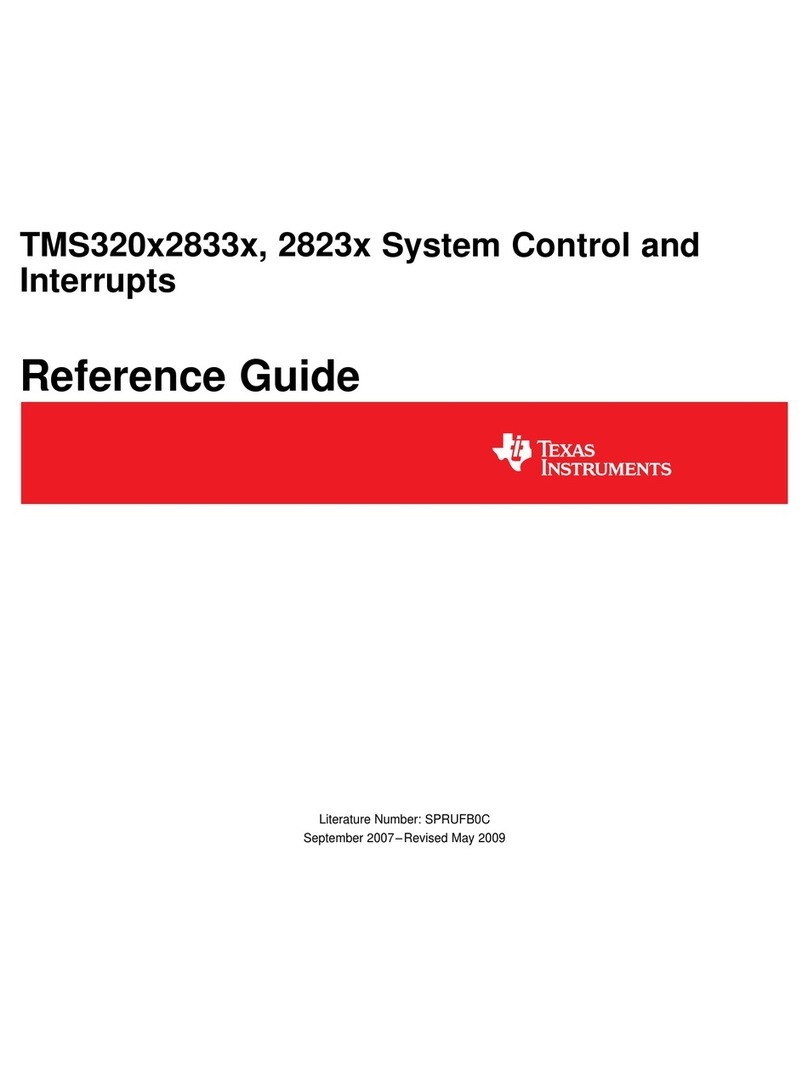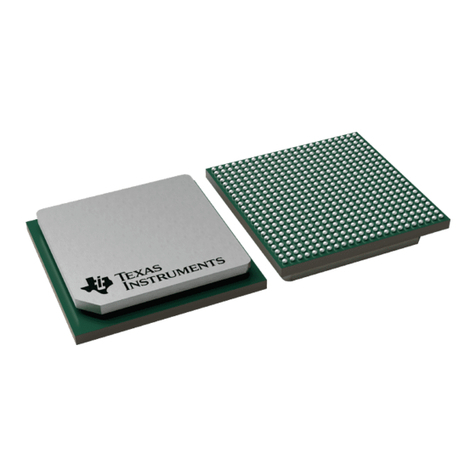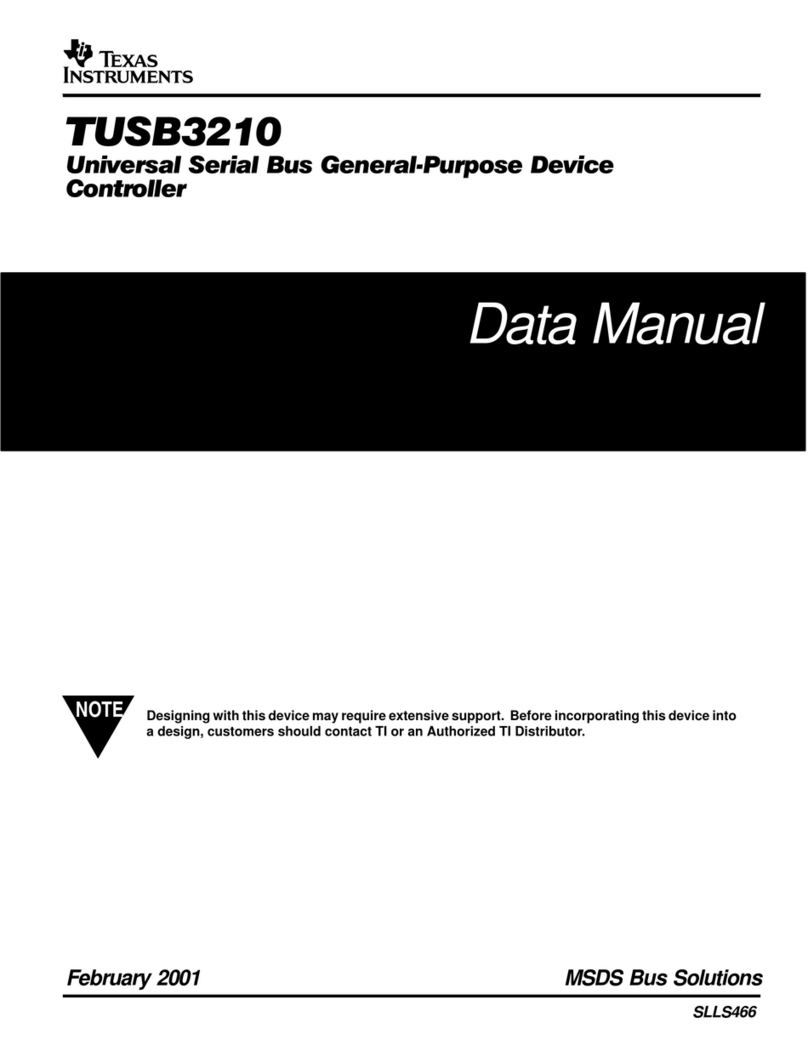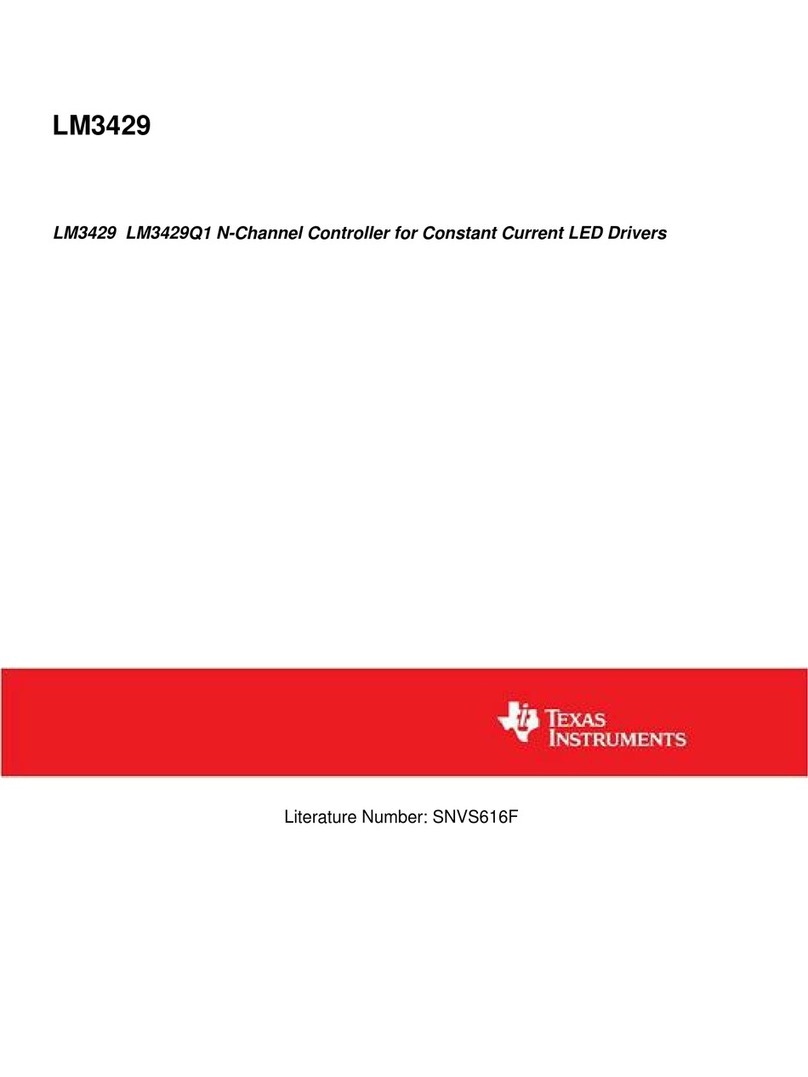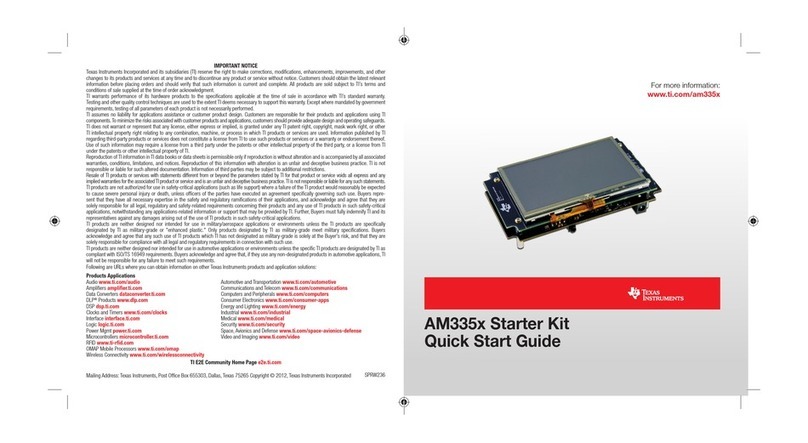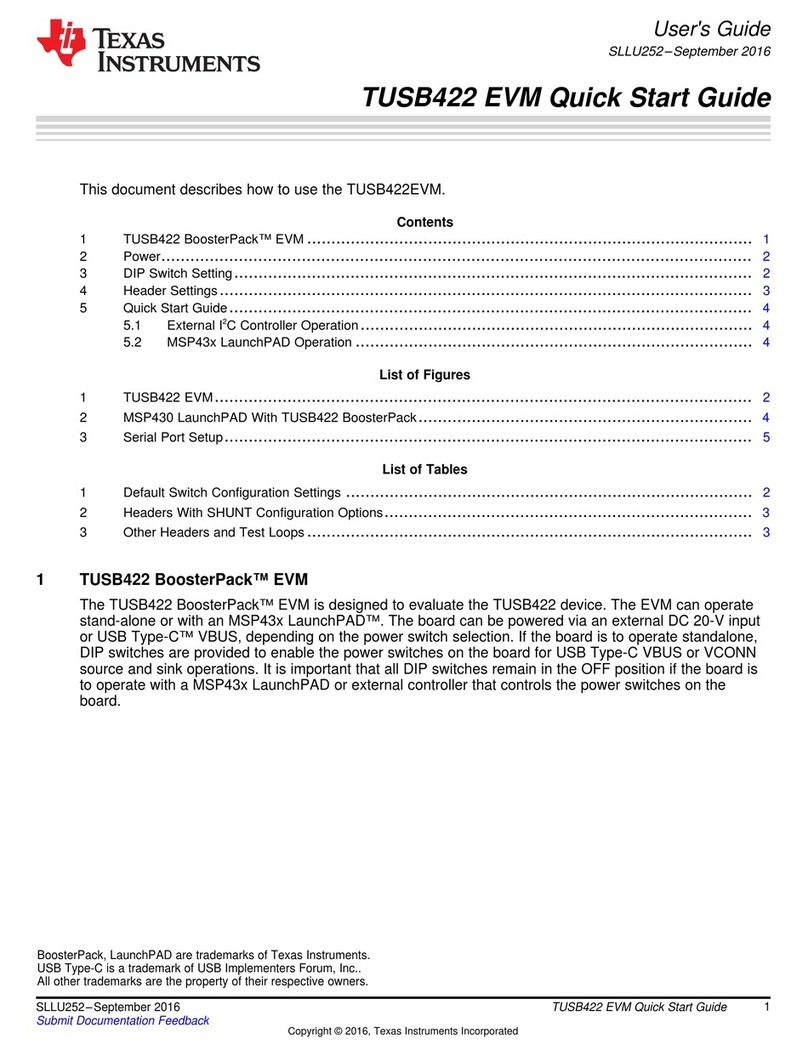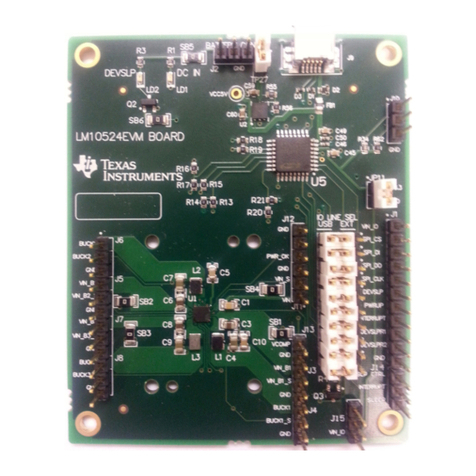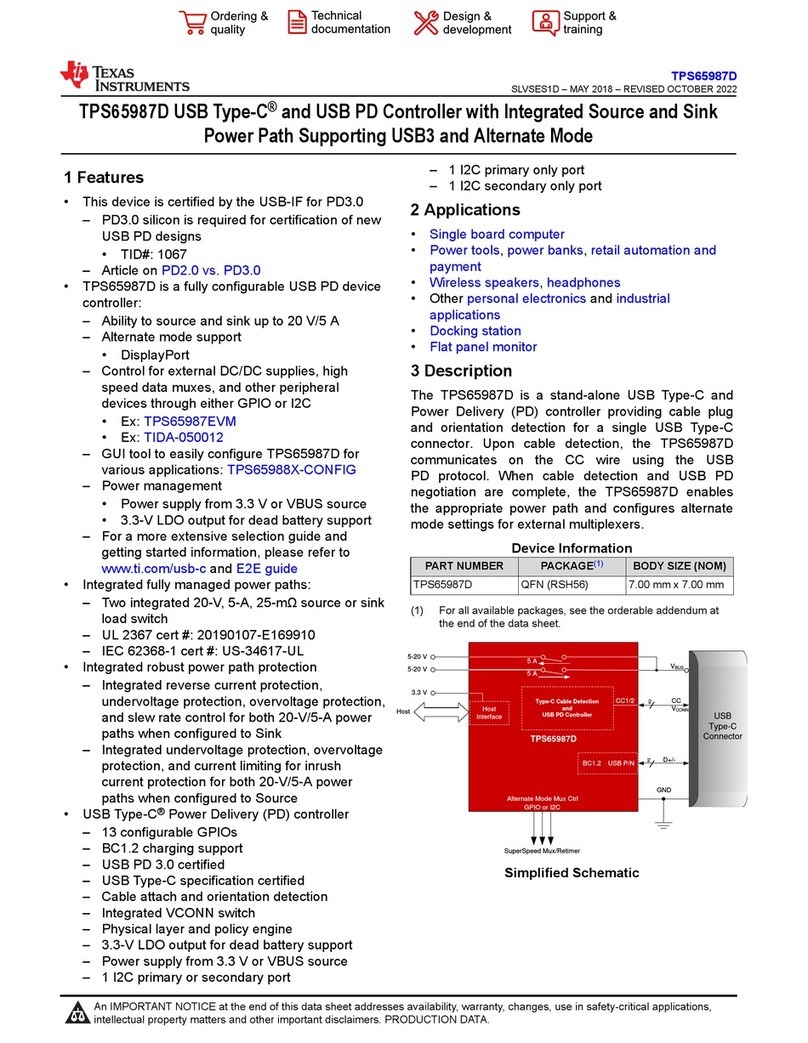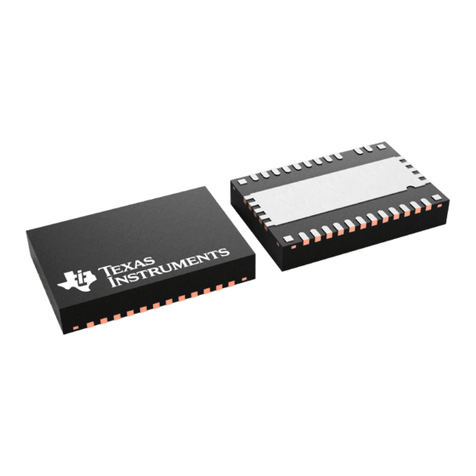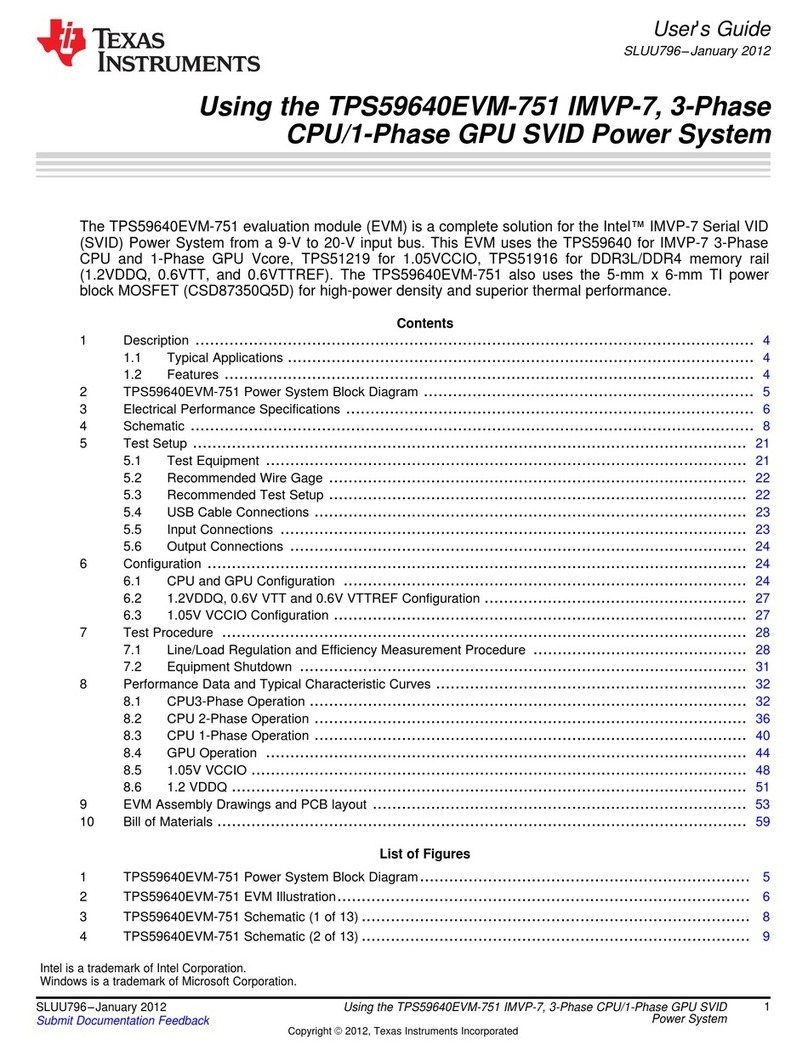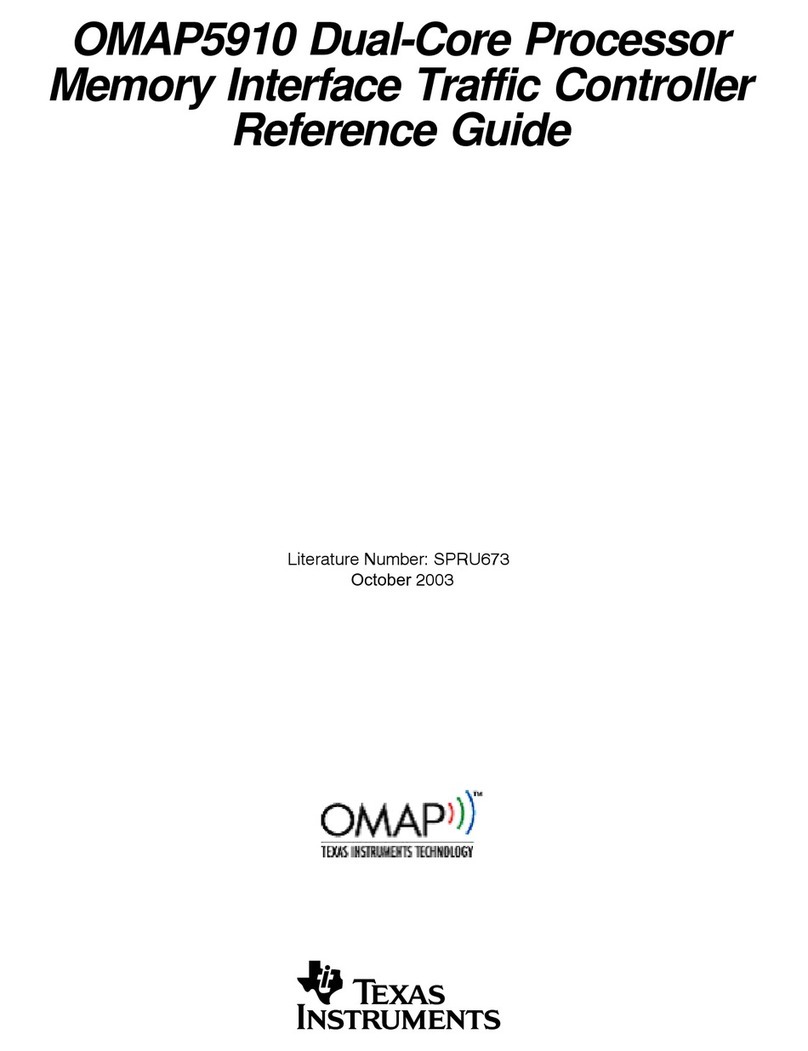
1 Introduction
1.1 Purpose of the Peripheral
1.2 Features
User's GuideSPRUEQ3 – December 2007
ATA Controller
The AT attachment/ATA packet interface (ATA/ATAPI), also known as IDE controller, is the traditionalchoice of the communication medium between a portable computer (PC) and a hard-disk drive. Ever sinceits adoption by the industry, it has been the choice of interface between a PC and a common storagemedium. This standard interface provides a common attachment interface for system manufacturers,system integrators, software suppliers, and suppliers of intelligent storage devices.
This document describes the ATA controller on the TMS320DM646x Digital Media System-on-Chip(DMSoC). The ATA controller provides a glueless interface to storage media to be used by video andaudio applications for video and audio data storage.
The AT attachment/ATA packet interface (ATA/ATAPI) is an interface that is most commonly used by PCsand portable devices to interface a host processor with data storage or audio devices. The ATA interfacedebuted in the mid 1980s as an interface between a hard-disk drive and a PC by way of a ribbon cable.Ever since then, other devices, mostly storage, including compact Flash and compact disks have widelyadopted the ATA/ATAPI interface, leveraging from its proven capability as the means for connecting to ahost processor. These allowed device manufacturers to avoid developing and supporting a proprietaryinterface that would significantly limit the use of their devices. The ATA/ATAPI interface is popular due toits simplicity, low cost, reliability, compatibility, as well as its wide acceptance and long history of usewithin the PC industry market.
The DM646x DMSoC supports an onboard ATA/ATAPI host controller module (IDE controller) allowing itto exploit access to a vast majority of available data storage and audio devices. The onboard IDE hostcontroller performs PIO, multiword, and ultra-DMA transactions with ATA and ATAPI compliant devices.Hard-disk drive, compact disk (CD), compact Flash (CF), and DVD are members of ATA/ATAPI-compliantdevices that the IDE host controller is destined to interface with. This allows applications like streamingmedia and digital still cameras the means for easy access to commonly used external storage devices.
The content described here assumes the knowledge of ATA/ATAPI-6 and compact Flash v2.0specifications and should be used in conjunction with these documents.
The IDE host controller logic supports PIO, multiword DMA and ultra-DMA (ultra-ATA) modes. The ATAcontroller has the following features:•Single channel capable for connecting up to two ATA/ATAPI devices•Supports interface to compact Flash (CF) configured in True-IDE mode•Supports PIO modes 0, 1, 2, 3, and 4•Supports multiword DMA modes 0, 1, and 2•Supports ultra-DMA modes 0, 1, 2, 3, 4, and 5•Full scatter gather DMA capability•Programmable timing parameters provide support of any multiple ATA timing options mode at anyprocessor clock frequency
SPRUEQ3 – December 2007 ATA Controller 7Submit Documentation Feedback
